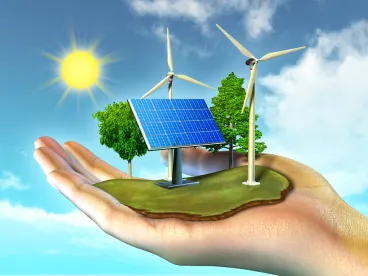On December 17, 2019, the US House of Representatives passed a year-end fiscal year 2020 spending bill for the federal government that includes a one-year extension of the production tax credit under Section 45 (PTC) for wind and other technologies. The bill would extend the wind PTC for facilities the construction of which begins during 2020 at a rate of 60%. Under current law, the PTC is available at a rate of 100% for wind projects construction of which began before 2017, and the PTC phases down to 80% for projects that began construction during 2017, to 60% for projects that began construction during 2018, and 40% for projects that began construction during 2019. Curiously, the extender bill would leave in place the 40% rate for projects that began construction during 2019 and increase the rate back to 60% for projects that begin construction in 2020. If enacted in this form, this could potentially leave taxpayers in a frustrating position to the extent they already took steps to begin construction on a wind project in 2019 in order to secure PTC-eligibility at the 40% rate in anticipation of the credit’s scheduled expiration next year. The bill would mirror this 60-40-60 pattern for wind projects that elect to take the investment tax credit under Section 48 (ITC) in lieu of the PTC. Under the bill, the wind PTC would expire where construction begins in 2021 or later.
The bill would also retroactively extend the PTC through 2020 for closed-loop biomass, open-loop biomass, geothermal, landfill gas, trash facilities, qualified hydropower, and marine and hydrokinetic renewable energy facilities. Under current law, those technologies are generally only eligible for the PTC to the extent construction began before 2018 (other than certain closed-loop biomass and qualified hydropower technologies, which must be placed in service before 2018).
The bill also includes a one-year extension through 2020 of the new markets tax credit under Section 45D at $5 billion.
As anticipated by the renewables industry, the bill did not include an extension of the ITC, which, in the case of solar, fiber-optic solar, qualified fuel cell, and qualified small wind energy technologies, is set to begin phasing down next year from 30% to 26%.
The tax extenders were included in an amendment to the spending bill, entitled The Taxpayer Certainty and Disaster Tax Relief Act of 2019.
The bill needs to be approved by the Senate and signed into law by the president by Friday, December 20 to avoid a government shutdown. It is unclear if the bill will receive similar support in the Senate.





 />i
/>i

